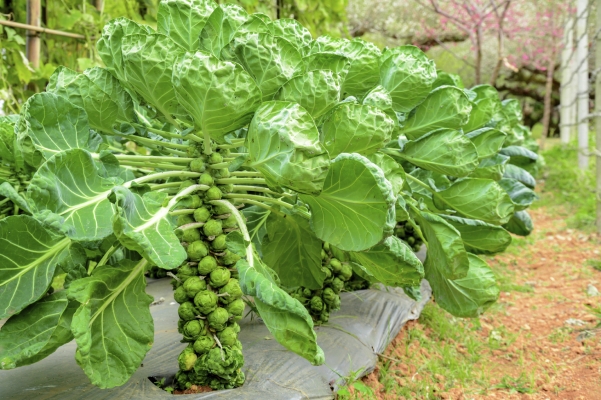General Information
Brussels sprout is a cold season crop belongs to family of “Brassicaceae”. Sprouts, resembles to mini cabbage (7-8cm diameter) are grown on axil leaves and used for cooking. It got its name from village Brussels of Belgium. It is good for health and it is a rich source of Vitamin and minerals. Along with vegetable it is also used for making salad. Depending upon length of season, it has two types, long season (about 60-120cm tall) and short season (60cm tall).
It is having various health benefits like it is a good source of fiber, anti-oxidants and Vitamin C, proteins, iron. It also helps in lowering of cholesterol level. Because of these several health benefits, its gaining popularity in India, especially around hilly areas (that are tourist destination). Himachal Pradesh, Jammu and Kashmir, Hilly areas of Uttar Pradesh, Maharashtra and Nilgiri hills of Tamil Nadu are major brussel sprout growing areas of India.










